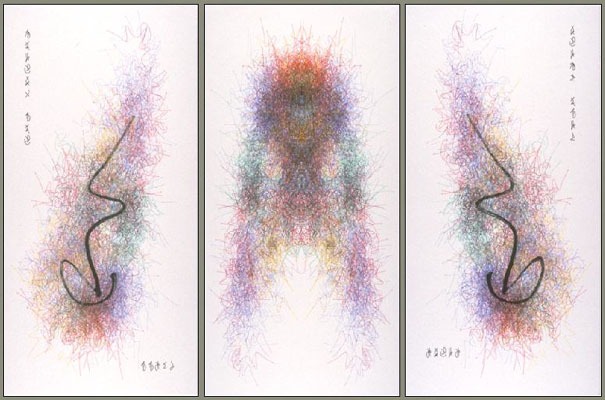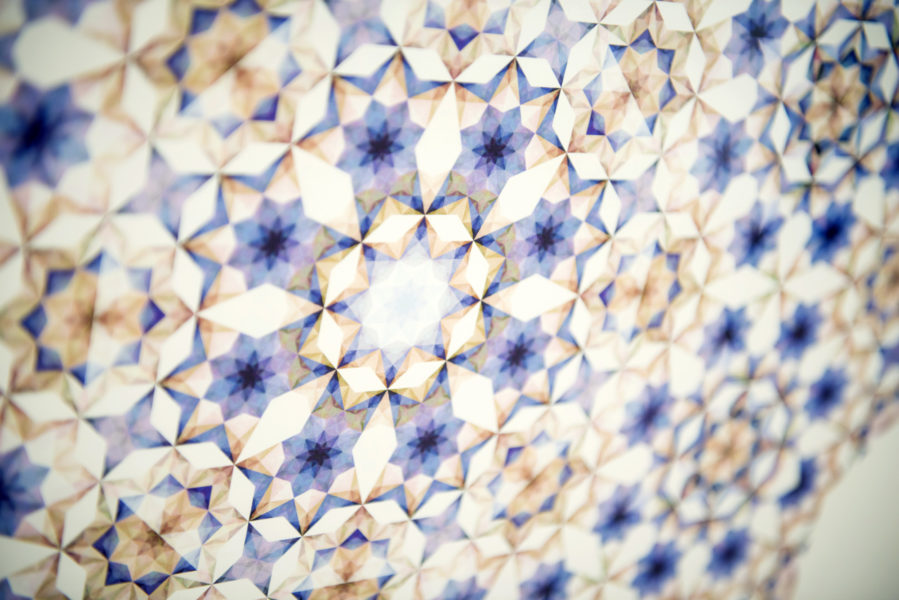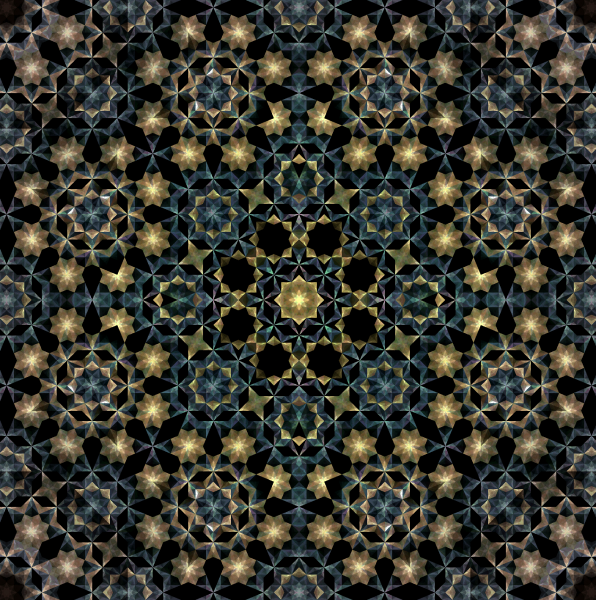Memo Akten is a computational artist whose work revolve around converting data into speculative videos through generative design. One of his projects titled Cicra is a video essay that revolves around interconnectedness of algorithms and human existence in this world. Most of the generative artists work with video and sound to produce an atmosphere. The most I admire about Akten’s work is the storytelling along with the stitched snippets of videos which are algorithmically generated, which emphasizes the human-machine relationship.
Memo Akten is a computational artist whose work revolve around converting data into speculative video through generative design. One of his projects titled Cicra is a video essay that revolves around interconnections of algorithms and human existence in this world. Most of the generative artists work with video and sound to produce an atmosphere. The most I admire about Akten’s work is the storytelling along with the stitched snippets of videos which are algorithmically generated, which emphasizes the human-machine relationship.
A selection of (camera friendly) work in 4 minutes with voice-over (as of 2020) from Memo Akten on Vimeo.
![[OLD SEMESTER] 15-104 • Introduction to Computing for Creative Practice](https://courses.ideate.cmu.edu/15-104/f2022/wp-content/uploads/2023/09/stop-banner.png)







